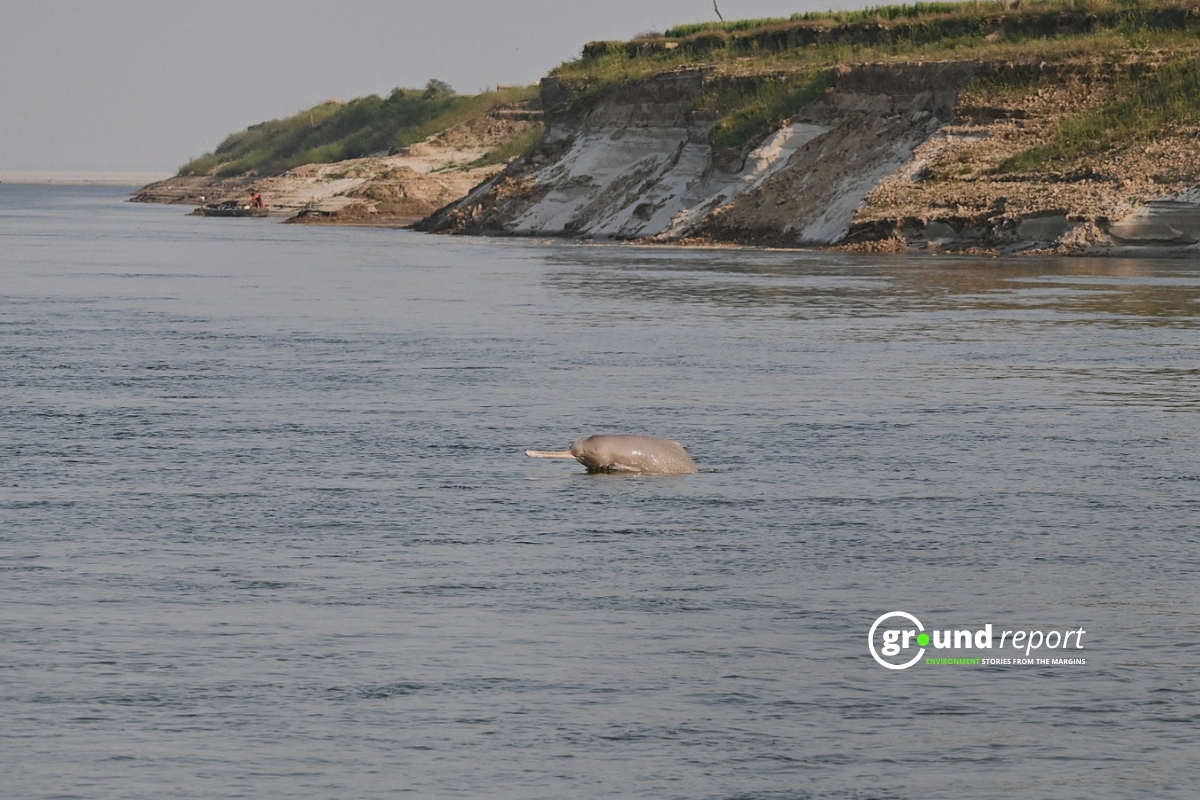In the Junnar forest region of Pune, a 60-year-old woman farmer, Nanubai Sitaram Kadale, fell victim to a fatal leopard attack on Friday morning in the Pimpri Pendhar area of Junnar taluka. The incident marks the third fatal leopard attack in the region within a month, according to forest officials.
Kadale was working in her bajra farm when the leopard attacked her around 8 am. Deputy Conservator of Forest for Junnar division, Amol Satpute, confirmed the tragic incident and stated that various measures have been initiated in response.
Amol Satpute, the Deputy Conservator of Forest for Junnar division, informed Down To Earth (DTE) that on May 10, the department officially petitioned the Pune district collectorate to declare the region a ‘disaster area’. Additionally, they requested extra manpower and equipment to address the ongoing crisis.
Regarding the latest incident on May 10, a 45-year-old woman, Nanubai Sitaram Kadale, fell victim to a leopard attack while working in her bajra field at around 8 am.
Satpute recounted the series of attacks, starting with the fatal encounter on May 5 involving Ashwini Manoj Hulawale, followed by the tragic death of eight-year-old Mahesh Fapale on May 8.
Following the fourth leopard attack in two months, the forest department has declared a red alert in 13 villages within a five square kilometer radius. These villages include Gayamukhwadi, Jambhulpad, Navalewadi, Pimpri Pendhar, Umbraj-1 and 2, Pimpalwadi, Yedgaon, Vaishakhkhede, Chalkawadi, Bhatkalwadi, Nagadwadi, and Kandali. Residents of these areas have been cautioned to avoid venturing out between 9 am and 5 pm.
On May 8, Rudra Mahesh Fatale (8) was tragically attacked by a leopard around 8 am while playing in the open yard of his relative’s house in the Kolwadi area of Junnar. The incidents occurred approximately 11 km apart, prompting forest officials to investigate the possibility of the same leopard being involved in both cases.
Maharashtra leopard population doubles
According to the Status of Leopards in India 2022 report by the Wildlife Institute of India, Maharashtra has witnessed a notable rise in leopard numbers, soaring from 1,690 to 1,985 between 2018 and 2022. The population density has also doubled over the past six years, increasing from two-three individuals per 100 sq km to six-seven.
With human and leopard territories increasingly overlapping, conflicts have surged, resulting in 58 human deaths due to leopard attacks in Maharashtra during 2019-20 alone.
In response to the recent spate of attacks, the forest department has already trapped four leopards, with one individual caught on May 10. Forest officials believe that these attacks were likely carried out by different leopards, rather than a single culprit.
Keep Reading
Part 1: Cloudburst in Ganderbal’s Padabal village & unfulfilled promises
India braces for intense 2024 monsoon amid recent deadly weather trends
Support us to keep independent environmental journalism alive in India.
Follow Ground Report on X, Instagram and Facebook for environmental and underreported stories from the margins. Give us feedback on our email id greport2018@gmail.com.
Don’t forget to Subscribe to our weekly newsletter, Join our community on WhatsApp, and Follow our YouTube Channel for video stories.









